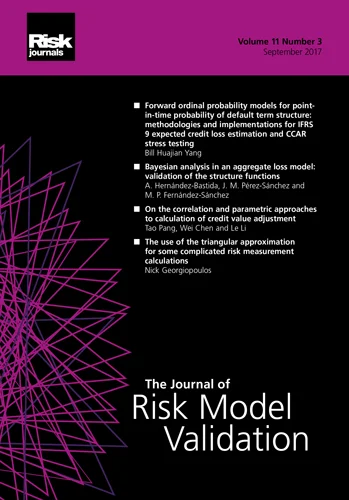Journal of Energy Markets
ISSN:
1756-3607 (print)
1756-3615 (online)
Editor-in-chief: Kostas Andriosopoulos
Volume 17, Number 1 (March 2024)
Editor's Letter
Derek W. Bunn
London Business School
This issue of The Journal of Energy Markets provides three novel research papers.
The first paper in this issue, “Revenue analysis of spot and forward solar energy sales in Texas” by Han S. Qi, Kang Hua Cao, Chi Keung Woo, Raymond Li and Jay Zarnikau, is important for several reasons. First, Texas is the largest electricity-consuming state in the United States, and it leads the nation in variable renewable energy development. In particular, Texas is projected to see a huge increase in solar plant construction. Second, this paper provides useful insights into the price implications of this solar development. Qi et al’s own empirical investigation of short-term spot and forward solar energy sales uses Texas’s monthly wholesale electricity market data for February 2016 to December 2021 to forecast the average daytime (07:00–19:00) spot energy prices and their standard deviations for forward-looking periods of one year, three years, five years and ten years. These price forecasts are then used to analyze the revenue forecasts for a solar generation developer’s spot and forward energy sales. When the forward energy price is below the spot energy price forecast, the developer’s short-term power purchase agreement offer in response to a load-serving entity’s variable renewable energy procurement auction announcement is for an optimal fraction of the plant’s energy output.
“Key indicators for the credit risk evaluation of clients and their changing characteristics” by Tiancheng Shang, Yajun Wang, Peihong Liu, Hua Li, Mengyuan Li and Xinhui Zuo, the issue’s second paper, recognizes that the credit risk of energy-using clients is one of the main challenges in energy performance contracting projects. Shang et al develop a credit risk evaluation model for such projects, which is optimized using rough set theory and random forest interpolation. Their model is used to analyze 69 420 data entries from the Wind database and the Shanghai Stock Exchange for 178 listed companies (clients) with high energy consumption between 2007 and 2019. The authors’ results show that the long-term capital debt ratio, current ratio, net profit growth rate, payable turnover ratio, asset–liability ratio, receivable turnover ratio, degree of operating leverage, cash ratio, operating profit margin, net sales margin and degree of financial leverage are all key indicators closely related to the credit risk evaluation of clients. These key indicators have a low data dispersion and a relatively stable variation. The model findings suggest ways in which the opportunistic behavior of clients, and thus the transaction costs of energy performance contracting projects, can be reduced. In principle, this could help to increase the motivation and confidence of project participants and improve the success rate of these projects.
In our third and final paper, “The impact of greenhouse gas aversion on optimal portfolios”, Anatoly B. Schmidt introduces the notion of greenhouse gas aversion (GHGA) into the classic mean–variance portfolio framework. GHGA is assumed to be a weighted sum of the portfolio holdings’ greenhouse gas emission intensities. Schmidt offers a new portfolio performance measure, the GHGA-tilted Sharpe ratio, for greenhouse-gas-averse investors. While the classical Sharpe ratio may monotonically decrease with growing GHGA, the GHGA-tilted Sharpe ratio has a maximum at intermediate values of GHGA, defining an optimal GHGA-based mean–variance portfolio. The main holdings in such a portfolio represent promising investment leads for socially responsible investors who do not want to abandon “brown” industries altogether. The paper discusses an example of a GHGA-based mean–variance portfolio formed with the major constituents of the energy sector.
Papers in this issue
Revenue analysis of spot and forward solar energy sales in Texas
The study uses Texas's wholesale electricity market data to forecast solar energy prices and analyze revenue forecasts for solar plants, finding that short-term solar power purchase agreements and relative levels of forward and spot energy prices…
Key indicators for the credit risk evaluation of clients and their changing characteristics
The authors propose a credit risk evaluation model for energy performance contracting projects with debt- paying ability and long-term capital debt ratio as optimal indicators.
The impact of greenhouse gas aversion on optimal portfolios
The author applies greenhouse gas aversion to the mean-variance portfolio framework and proposes a new portfolio performance measure for greenhouse-gas-averse investors.








